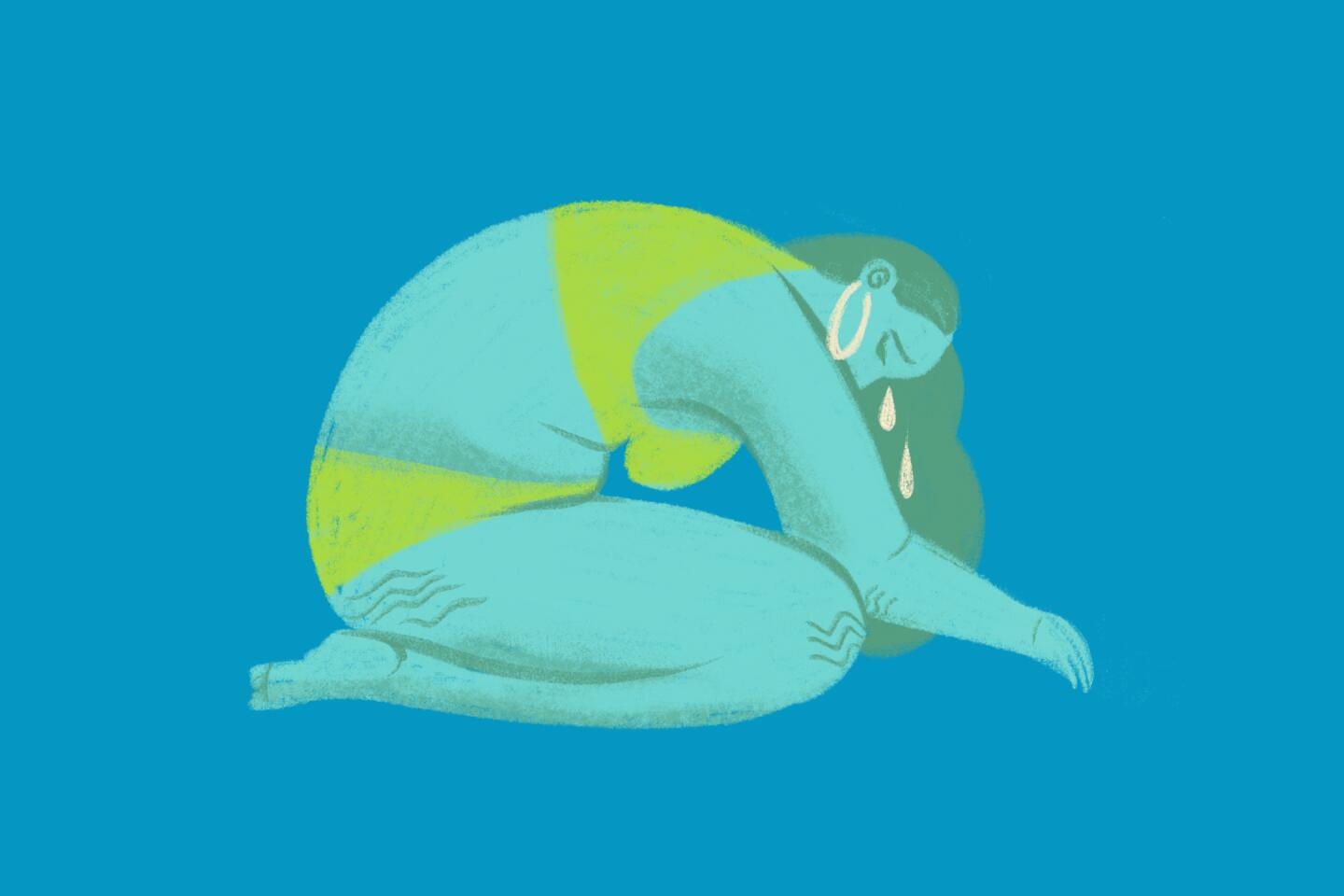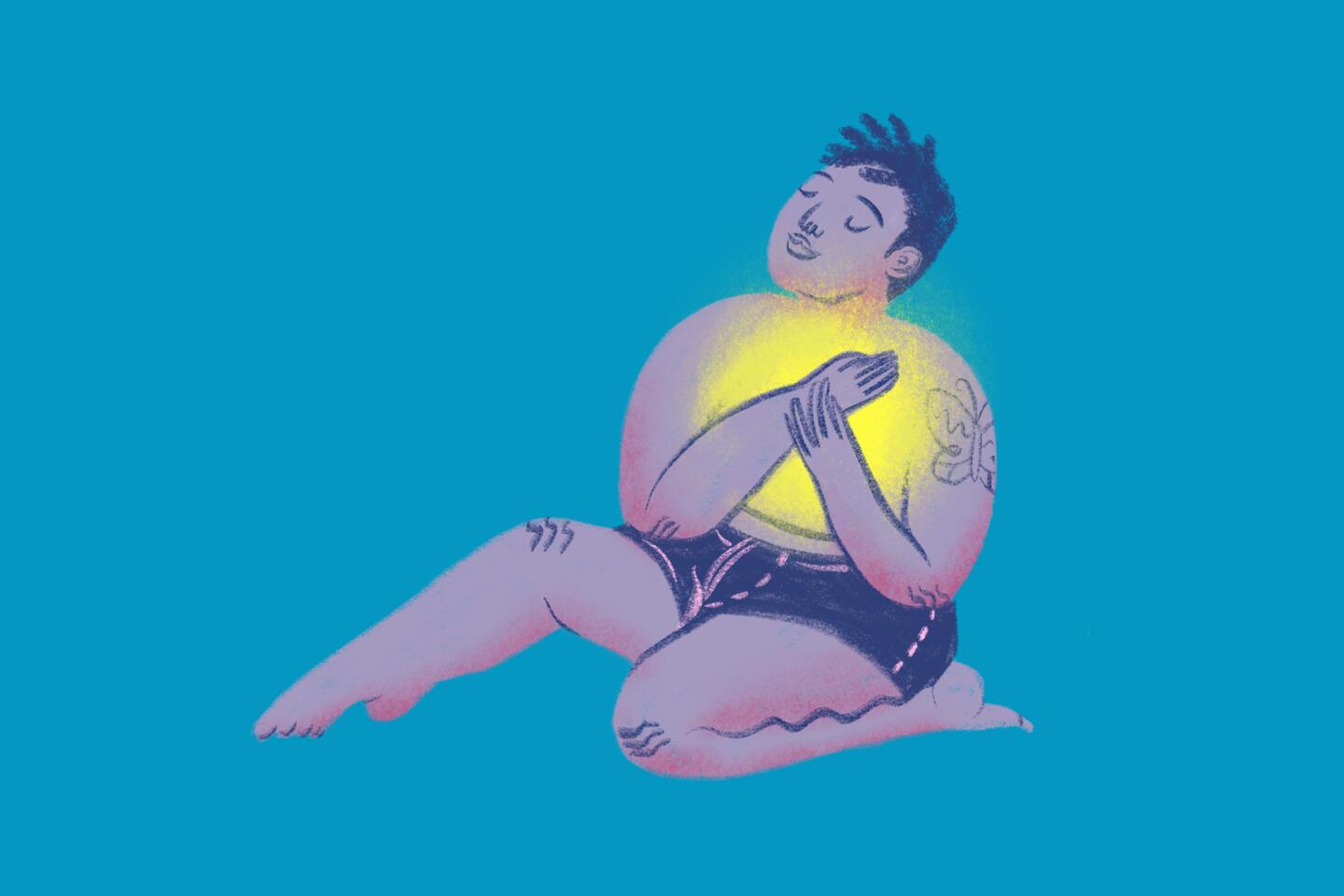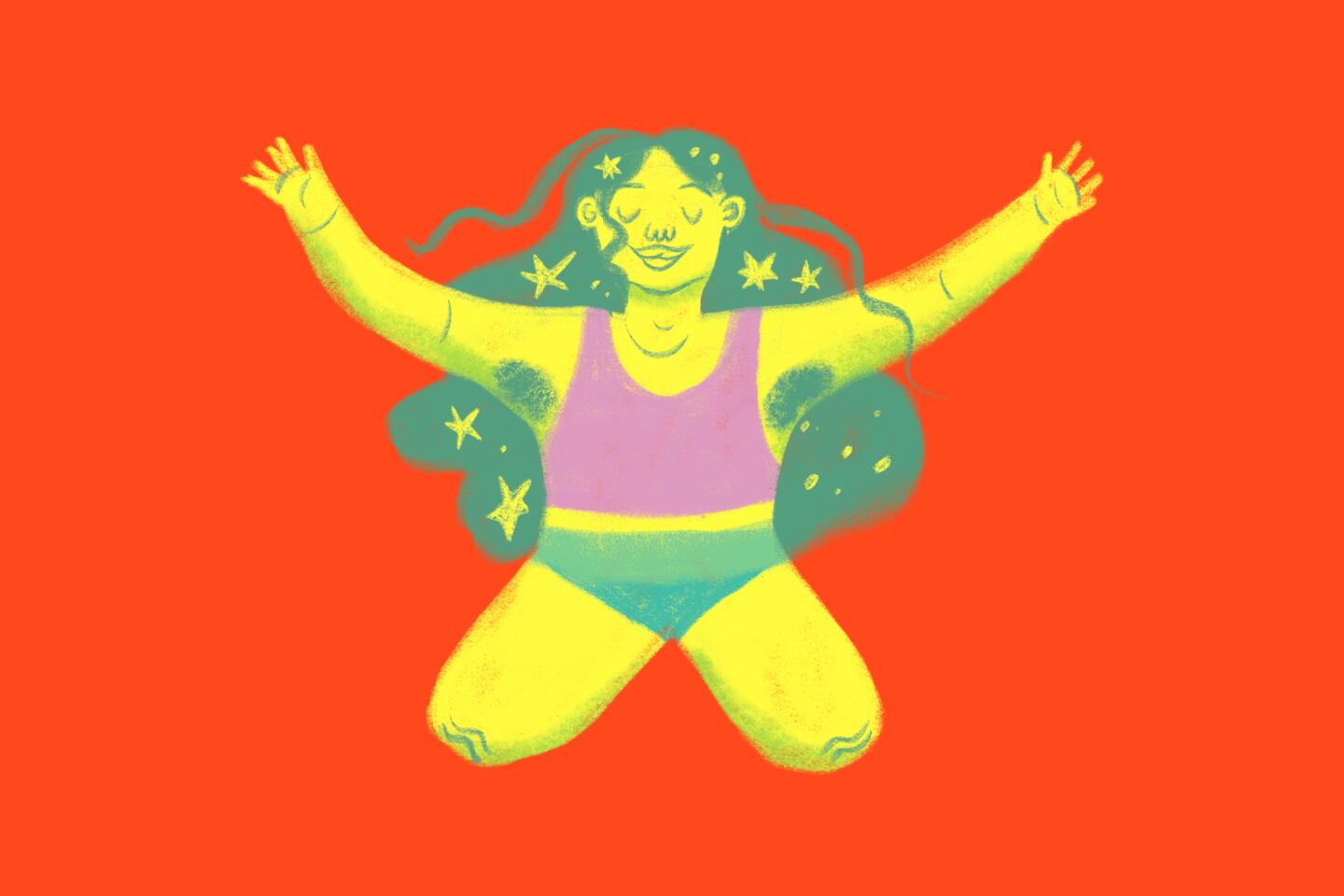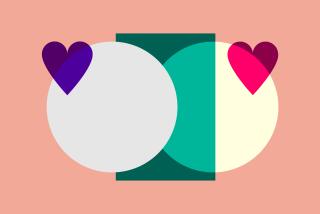What is therapy? A beginner’s guide to mental health
Considering what we’re living through, we’re all probably due for some therapy.
If you’ve never done therapy before, the concept can seem a little daunting. Will you be just sitting in a room (or, these days, on a video call) with a stranger, telling them your darkest secrets?
For the record:
5:05 p.m. Jan. 4, 2021This article incorrectly refers to Dorian Traube as an assistant professor at USC’s Suzanne Dworak-Peck School of Social Work. Traube is an associate professor.
Well, yes. A stranger who knows to ask specific questions, look for specific patterns of behavior and teach you more productive ways to manage your life.
Basically, it’s like having a deep conversation with a close friend where you only talk about yourself, said Joy Harden Bradford, a licensed psychologist and the founder of Therapy for Black Girls.
“The difference is that the person is trained, so unlike talking with your friend, there are certain things that we’re listening for,” Harden Bradford said. “We’re paying attention to your body language. We’re paying attention to some things that someone who’s not trained as a therapist is probably not paying attention to.”
It’s an opportunity to talk through what you’re experiencing and how you’re feeling in a place that’s free of judgment, with someone who is purely listening to help. It’s a time devoted entirely to you, where you can process stressors and talk though confusing or overwhelming emotions you might be experiencing. There’s no such thing as being “too smart” for therapy to be effective or having issues too big or small to be addressed.
There are lots of reasons people seek therapy and just as many types of therapy available. Some people go with a specific symptom-reduction goal, such as reducing panic attacks or addressing phobias. Others seek out therapy because they feel as though they have trouble making good choices or struggle to adapt to new challenges. For some, it’s a chance to regularly check in with themselves.
You might seek therapy if you’ve experienced a significant event that’s affecting your mental health, like the death of a loved one, a divorce, a miscarriage, job loss — oh, or a full-blown pandemic that has upended every aspect of your and everyone else’s life. A therapist can’t fix those things but can help you learn to adjust and move forward.
“We definitely can’t wave a magic wand and make 2020 be better than the fire it is,” Harden Bradford said. “But I think sometimes it can be helpful to know that you’re not alone in that, and I think it can be helpful to have someone give you some grounding.”
It’s been a rough year, and maybe you are considering therapy for the first, second or fifth time. It takes patience and effort to find the right therapist. Here’s a breakdown of what you need to know.
Your first sessions
Once you find a therapist, your first session will be what’s known as intake, said Dorian Traube, an assistant professor at the USC Suzanne Dworak-Peck School of Social Work. Therapists will introduce themselves, tell you about their background and specialty, and ask what brings you to therapy.
There is no right or wrong answer to that question: “Everything is just a lot right now” is a perfectly valid reason to seek an expert’s help.
“A lot of people are reluctant to seek therapy because what they’re experiencing can feel indescribable, so they’re worried they won’t get what they need,” Traube said. “A therapist is trained to ask questions to get to the root of what you’re searching [for] in the therapy experience.”
Your therapist might give you a survey about what symptoms you’re experiencing and other indicators of your mental health, like your sleep habits, employment status and any drug or alcohol use. These aren’t to judge you; it’s so your therapist can get a fuller picture of you and your life and use that to guide your treatment.
After intake — which can last up to three sessions, Traube said — you move on to regular therapy sessions. Your therapist will typically check in with you about what’s been happening since your last session.
A lot of what happens then depends on what type of therapy you’re doing.
Generally, you’ll have space to talk about whatever’s on your mind and to process what’s going on in your life. Your therapist might look for patterns and point them out to you, work on skills to mitigate negative feelings you’re having, or give you homework to put those skills into practice. It’s an open space for you to put your feelings into words and evaluate whether the coping mechanisms you’ve developed are really working for you. If you’re doing something like hypnotherapy or EMDR (read on for whether those therapies might be right for you), your therapist will work with you on that process.
Types of therapy
There are more types of therapy than can be covered in one article. And all these types of therapy have had entire books written about them. So consider this a very concise primer — a starting place for you to research the kind of therapy that might be best for you.
Often, therapists will combine or draw from multiple therapeutic approaches. You can search for a therapist by what type of approach they practice or by what presenting issues they specialize in, such as grief or marriage therapy or eating disorders.
Talk therapy: Talk therapy, or psychodynamic therapy, is the type of therapy you typically see on TV and in movies. It is a structured space to talk about your feelings and experiences and how your past is shaping your present. Talk therapy is suitable for depression, anxiety, and a wide range of other issues and conditions. It’s usually more long-term than the other types of therapies listed here: You may resolve things in a few sessions or you may keep coming back to your therapist over the course of months or years.
Cognitive behavioral therapy: Cognitive behavioral therapy tends to be a more short-term form of therapy with a specific goal, like identifying and replacing negative thought patterns or challenging irrational beliefs. This can work best for people with specific anxieties, phobias, obsessive-compulsive disorder, eating disorders and substance abuse — issues where there are beliefs or patterns involved that the patient wants to change. Traditional talk therapy is generally about feelings and emotions while CBT focuses more on behaviors.
CBT is “more therapist-directed, more focused, more specific goals, shorter timeline, observable and measurable goals,” said Emanuel Maidenberg, a clinical professor of psychiatry and biobehavioral sciences at the David Geffen School of Medicine at UCLA and director of the UCLA Cognitive Behavioral Therapy Clinic. It’s “more goal-oriented or specific, aimed at developing skills and tools to cope with life circumstances or stressors more effectively.”
Trauma-focused CBT and behavioral therapies such as aversion therapy and systematic desensitization are subsets under the umbrella of cognitive behavioral therapy. Dialectical behavioral therapy is an offshoot of CBT that focuses on regulating emotions.
Humanistic therapy: Humanistic therapy is a more whole-person approach that helps empower patients to make choices. It’s particularly beneficial for people with self-esteem issues or who deal with indecision or don’t trust themselves to make decisions.
“Humanistic therapy is a more existential, long-term exploratory [therapy], finding things about yourself,” Maidenberg said. “It’s a personal discovery. It can be very helpful in dealing with some of the existential questions that we have.”
Eye movement desensitization and reprocessing: Also known as EMDR, this is a newer type of therapy that’s shown to be particularly helpful for people dealing with post-traumatic stress disorder, traumatic memories or disturbing life experiences. Therapists need to be specifically trained to do EMDR, which involves patients revisiting negative memories while tracking the therapist’s hand as it moves.
Group therapy: Certain issues might be best addressed in a therapist-led group setting, said Harden Bradford, the Therapy for Black Girls founder. She said that, for instance, if you have social anxiety or difficulty relating to others, “Group therapy is going to be the best way to get at that work, because you’re going to be able to get feedback in real time from other people.”
Art therapy, bibliotherapy, music therapy, dance therapy: “When all of these theories [of therapy] were developed, it was primarily by straight white men,” said Harden Bradford. “The idea was that talking was best for everybody.”
Now, we know that’s not the case. These alternative modalities of community are best suited for people who struggle to communicate or express themselves in words.
Ready, set, reframe: Instead of stressing out about coronavirus and the shutdown, let’s use this time of social isolation to prioritize self-care and mental wellness.
::
Again, this is not a comprehensive list of every therapy available. Nor is it a complete picture of what these types of therapy entail. This is to help you get started and to demystify what therapy involves.
The hardest part of doing therapy is deciding to seek help in the first place.
“The most difficult thing is to start something,” Maidenberg said. “Once the process starts, it’s typically not as scary or overwhelming as it may feel, particularly when we talk about sitting with a new person that you meet for the first time in your life and telling them about your life and your secrets or things you may be hesitant to tell other people. But ultimately it pays off.”
More to Read
Sign up for The Wild
We’ll help you find the best places to hike, bike and run, as well as the perfect silent spots for meditation and yoga.
You may occasionally receive promotional content from the Los Angeles Times.















